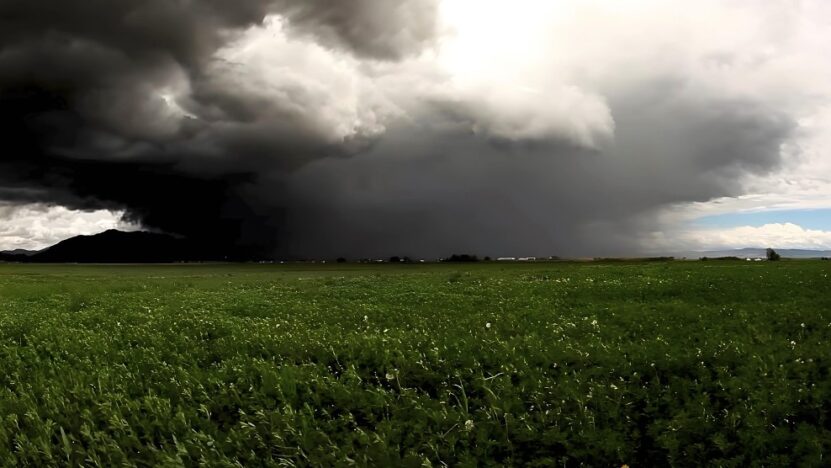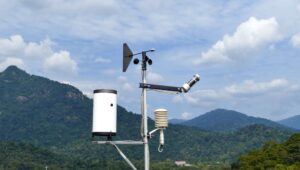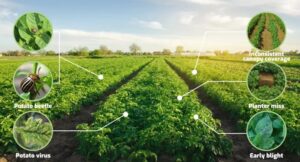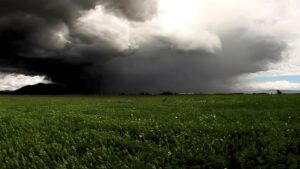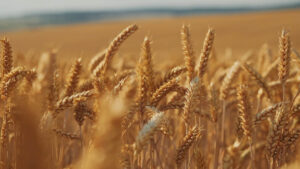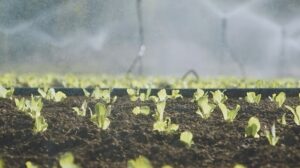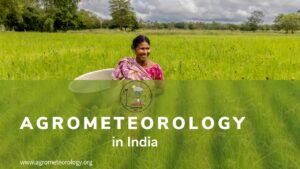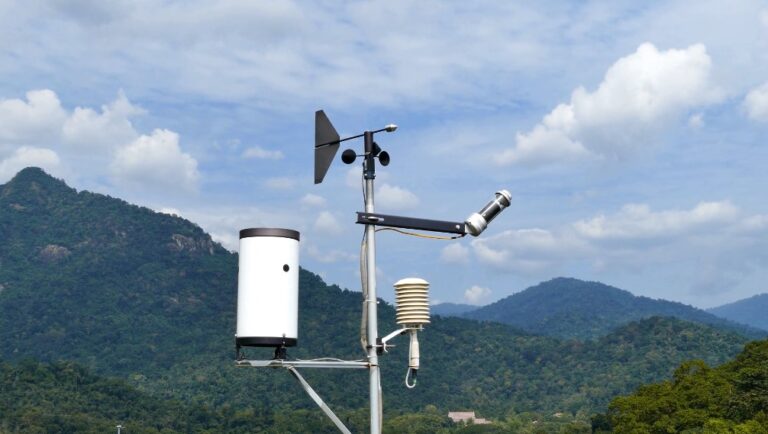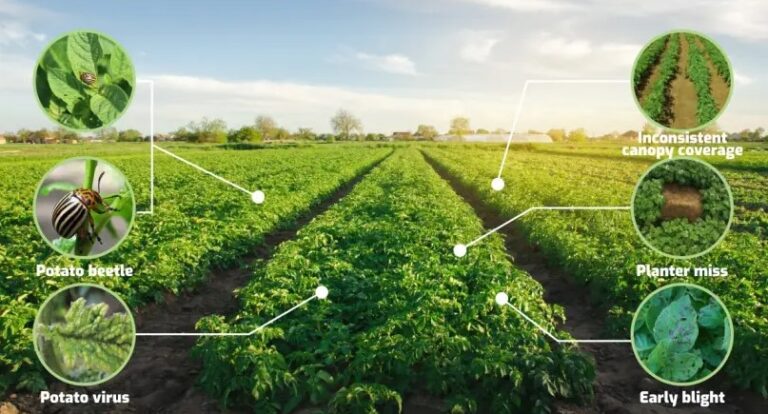Weather plays a huge role in farming, just like how the right amount of sun can make your garden bloom or a bad storm can ruin it. Farmers rely on good weather to grow their food- too much rain can lead to rotting plants, and insufficient rainfall makes it difficult to grow crops and feed animals.
Too much wind can make planting difficult, and freezing temperatures can stunt plant growth. Climate change generally leads to higher temperatures and unanticipated rainfall across the country, resulting in reduced crop yields and overall food production. By understanding the relationship between weather and crops, farmers can make smarter decisions that lead to better harvests.
Disclaimer: Our article is a summary of the scientific document “Agrometeorological Forecasting” from book WMO Guide to Agrometeorological Practices (pp.39). The original version you can download HERE.
Basic concepts of agrometeorological forecasting
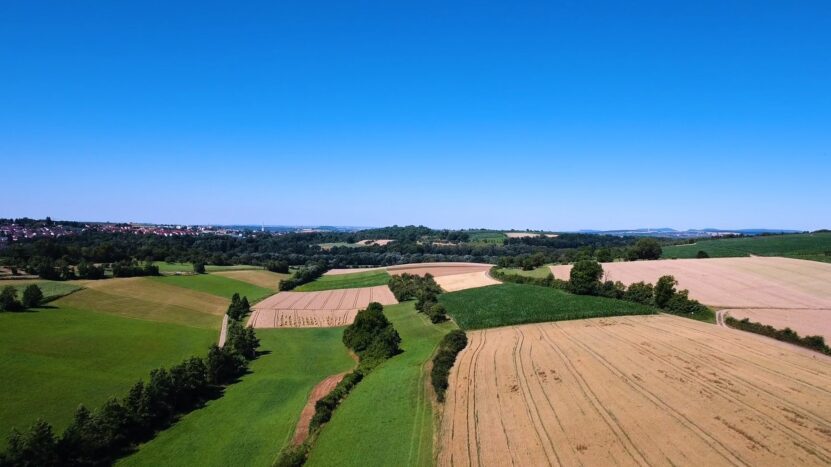
In the world of farming, predicting the weather’s impact on crops is crucial. Agrometeorological forecasting helps farmers anticipate how changes in weather can affect crop growth and yields. This guide will walk you through the basics of how this forecasting works, using simple terms and concepts.
Starting off with statistics
Imagine keeping track of which weather conditions cause your garden plants to grow well or poorly. That’s what scientists do on a bigger scale with crops! They collect lots of data about weather conditions and how well crops grow under those conditions. This helps them predict how crops will do based on the weather, using something called regression analysis—a fancy way of finding patterns in data.
The rules of the game
When using data to predict crop yields, scientists follow specific rules to make sure their predictions are accurate:
- Only use data that directly affects how well the crops grow.
- Make sure the data really does affect the crops (it’s not just a coincidence).
- Update the predictions regularly to adapt to new farming methods or climate changes.
Crop simulation models: the next level
These are like video games for farming, where scientists can simulate what happens to crops under different conditions. They are complicated but give a good insight into how different weather conditions might affect crops. It’s a bit like trying out different strategies in a game to see what helps you win!
Non-parametric forecasts: keeping it simple
Sometimes, the best way to predict how well crops will do is just to look at the conditions and make an educated guess based on past experience. This method doesn’t involve complex equations or models, but it’s quite useful, especially when the weather acts up in ways we haven’t seen before.
Mixing methods for better predictions
Often, the best approach is to use a mix of different methods. This way, scientists can cover all bases and make more accurate predictions about how crops will do, which helps farmers plan better for the growing season.
Key factors in assessing weather impact on crops
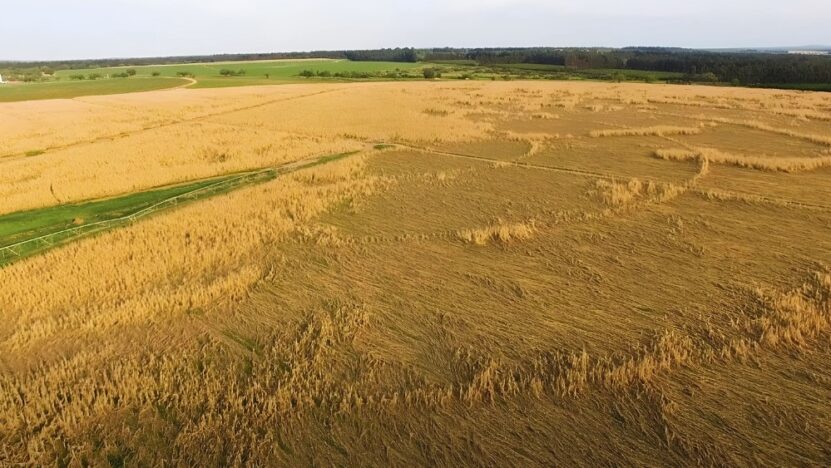
Weather Factors: What Matters?
- Mechanical vs. Non-Mechanical: Mechanical factors like strong winds physically damage crops, while non-mechanical factors like drought affect crops more subtly.
- Intensity and Energy: Some weather events are more intense, meaning they can do a lot of damage in a short time.
- Occurrence: How often weather events like hail happen can also affect crops.
- Cumulative Effects: Some weather events have effects that build up over time, like heavy rains causing soil erosion.
Crop-Specific Factors: It’s All in the Details
- Different Responses: Not all crops react the same way to the same weather—some might be more resilient, while others are more sensitive.
- Growth Stages: The stage of growth can also determine how a weather event affects a crop. For example, young plants might not be as affected by wind as mature plants.
FAQ
Bringing it all together
Looking at long-term weather forecasts decades into the future can help prepare for climate change impacts. Knowing probable crop yields ahead gives time to get ready. Climate scientists are now working with crop scientists to understand climate change’s effects on farming. Climate change can directly and indirectly impact crops in different ways.
Predicting climate impacts requires care. Models just using past data may not work as conditions could change. Process-based models need testing so they aren’t tuned just to the present. There’s uncertainty to consider from factors like emissions increases and crop/weather reactions. Scientists look at different crops, locations, models, and emissions scenarios. They also test models under various conditions.
Predictions can be done at field or regional scales. The field level may miss bigger impacts while the regional level loses local detail. Getting weather data at the right scale is challenging too. Understanding how weather affects crops involves observing, collecting data, and making predictions using simple or complex methods. The goal is to help farmers succeed by predicting weather impacts on their crops.
Reference
Agrometeorological Forecasting. January 2010. In book: WMO Guide to Agrometeorological Practices (pp.39)Edition: N. 134Chapter: Chapter 6Publisher: WMOEditors: K. Stigter. https://www.researchgate.net/publication/259005451

